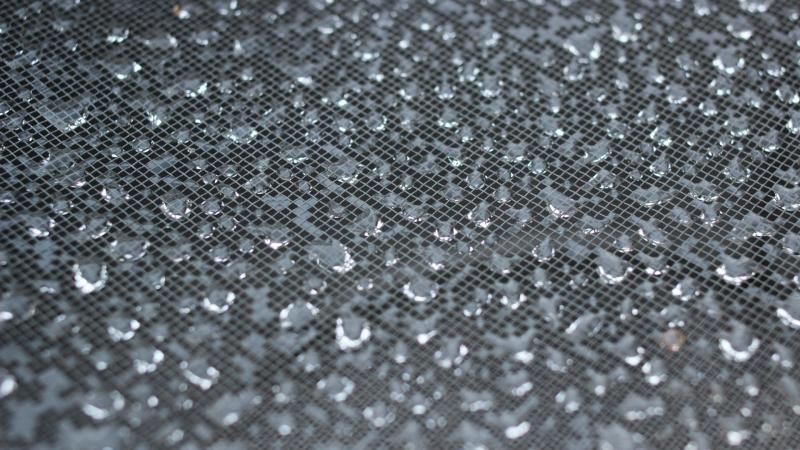
In a first, scientists from Indian Institute of Technology Ropar (IIT RPR), Rupnagar, University of Edinburgh and Indian Institute of Technology Kharagpur (IIT Kgp) have demonstrated a phenomenon called ‘inverse Marangoni effect’ using nanodroplets of pure water.
A stationary drop of liquid, like water, will start moving from hotter to colder regions or from region with lower to higher surface tension. This is called as the Marangoni effect. A drop of water in an unevenly heating frying pan, will start darting around frantically, partly due to the Marangoni effect. The effect is seen in most pure liquids, like water, for which the surface tension-- the property that makes liquids like water form a parabolic droplet instead of spreading flat on a surface, decreases with an increase in temperature.
For the study, the scientists set out to demonstrate the inverse of the Marangoni effect using pure water. Although the inverse effect has been observed in liquid mixtures, this was the first time it was demonstrated in a pure liquid like water.
To demonstrate this, they had to drive an immobile droplet in the opposite direction of the surface tension gradient. With the help of simulations of molecular dynamics, the scientist studied the effect of a changing surface tension coefficient and changing wetting parameter on a surface with different wettability’s. Wetting is the ability of a liquid to maintain contact with the surface, and wettability of a surface, tells us how much a liquid can stick to that surface. The scientist studied the effect of these changing parameters with changing temperatures.
The studies show that pure liquids do indeed demonstrate inverse Marangoni effect at small enough scales, where the inertial effects of the droplet are negligible. The scientists used nanodroplets of water, droplets with a diameter of a billionth of a meter. At these scales the inertial properties of the droplets are negligible enough for the changing surface tension and wetting parameters to drive the droplet against a temperature gradient. The discovery could be used for processes like electronic chip cooling to efficiently manage the heat, by moving droplets into warmer regions.





